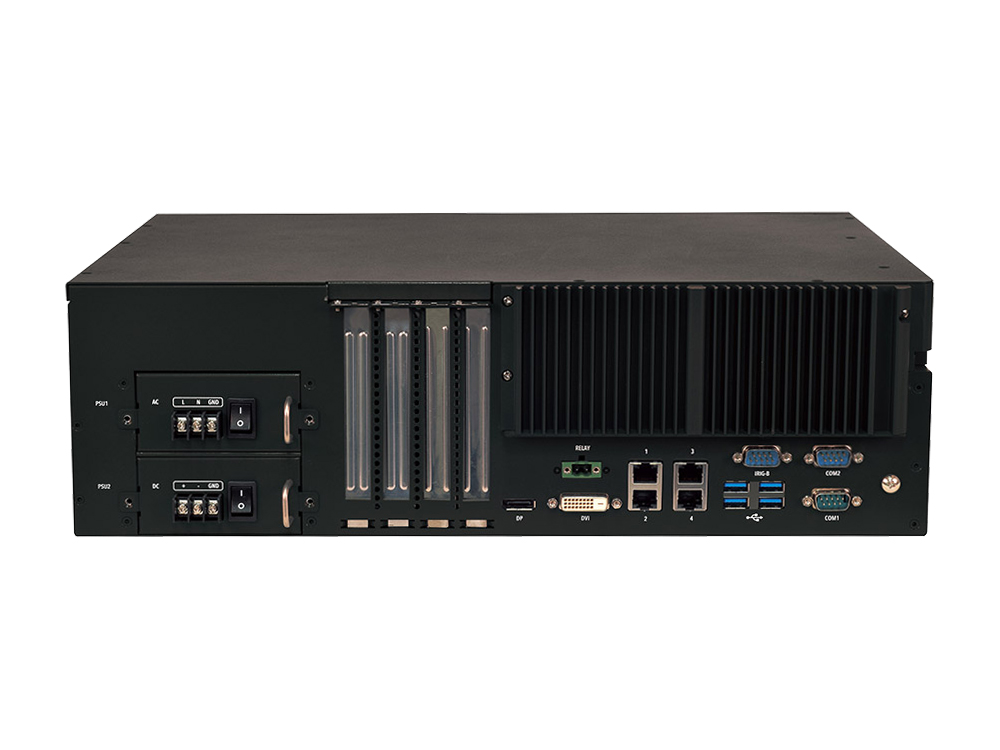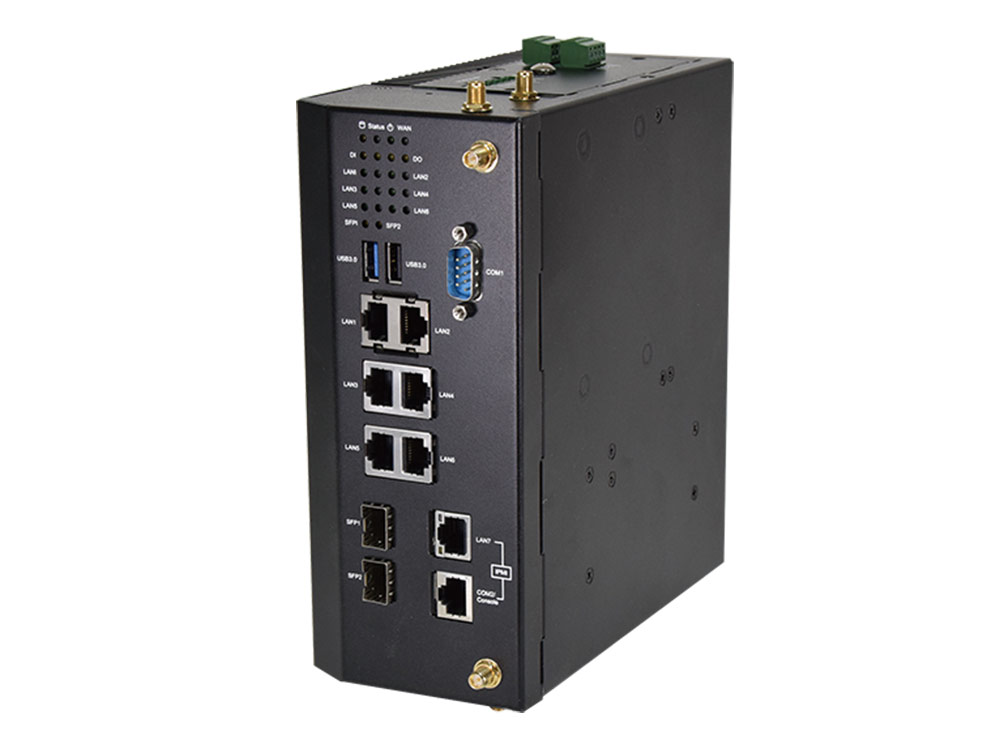Over the past decade, digital transformation has surged across utility, industrial, commercial, and residential sectors. In the future, almost every device, from equipment to light bulbs, will feature settings and communication capabilities. To manage this influx of devices and facilitate inter-device communication, a new communication model was essential. The IEC 61850-3 standard stands out as a pivotal framework for achieving this goal. It is a standard developed by the International Electrotechnical Commission (IEC) with a focus on the communication and interoperability of electrical substations.
What is IEC 61850-3?
IEC 61850-3 is a set of international standards to govern the communication and data exchange in power plants and substations of electrical power systems. It was introduced to address the growing complexity of power systems and the need for a standardized approach to ensure interoperability, reliability, and security.
IEC 61850-3 defines several protocols and services for communication within substations, including MMS (Manufacturing Message Specification), GOOSE (Generic Object-Oriented Substation Events), and Sampled Values. These protocols enable efficient and reliable data exchange between various devices like protection relays, control systems, and sensors. The standard uses a modern and flexible approach that leverages Ethernet and IP-based communication to replace older, less efficient communication methods.
Key Features of IEC 61850-3
- Interoperability:
IEC 61850-3 emphasizes interoperability, meaning that devices and systems from different manufacturers can work together seamlessly. This promotes vendor-neutral solutions and reduces the risks associated with proprietary systems.
- Ethernet-based Communication:
IEC 61850-3 relies on Ethernet and IP-based communication, which offers higher bandwidth, greater flexibility, and improved data transmission speed, to enhance the performance of substation automation.
- Object-Oriented Data Modeling:
The standard defines a common data modeling approach for substation devices, allows for the standardized representation of data, devices, and their relationships, making it easier to configure and manage devices. This helps in simplifying configuration, maintenance, and troubleshooting.
- Enhanced Security:
IEC 61850-3 includes provisions for securing communication between devices in substations. This helps protect the power grid against cyber threats and ensures the reliability and integrity of data exchanged between devices.
Usages of IEC 61850-3
The primary application of IEC 61850-3 is in substation automation. It enables the seamless integration of diverse devices within a substation, streamlining operations, and enhancing overall system reliability. IEC 61850-3 is a crucial enabler of smart grids, providing the communication framework necessary for advanced grid management, demand response, and renewable energy integration.
Conclusion
IEC 61850-3's major usage is in the power utility and substation automation sectors, and its benefits include increased interoperability, scalability, efficiency, security, reliability, reduced vendor dependence, and the support of modern communication protocols. These advantages contribute to the modernization and standardization of communication and data exchange in the electrical utility industry.


